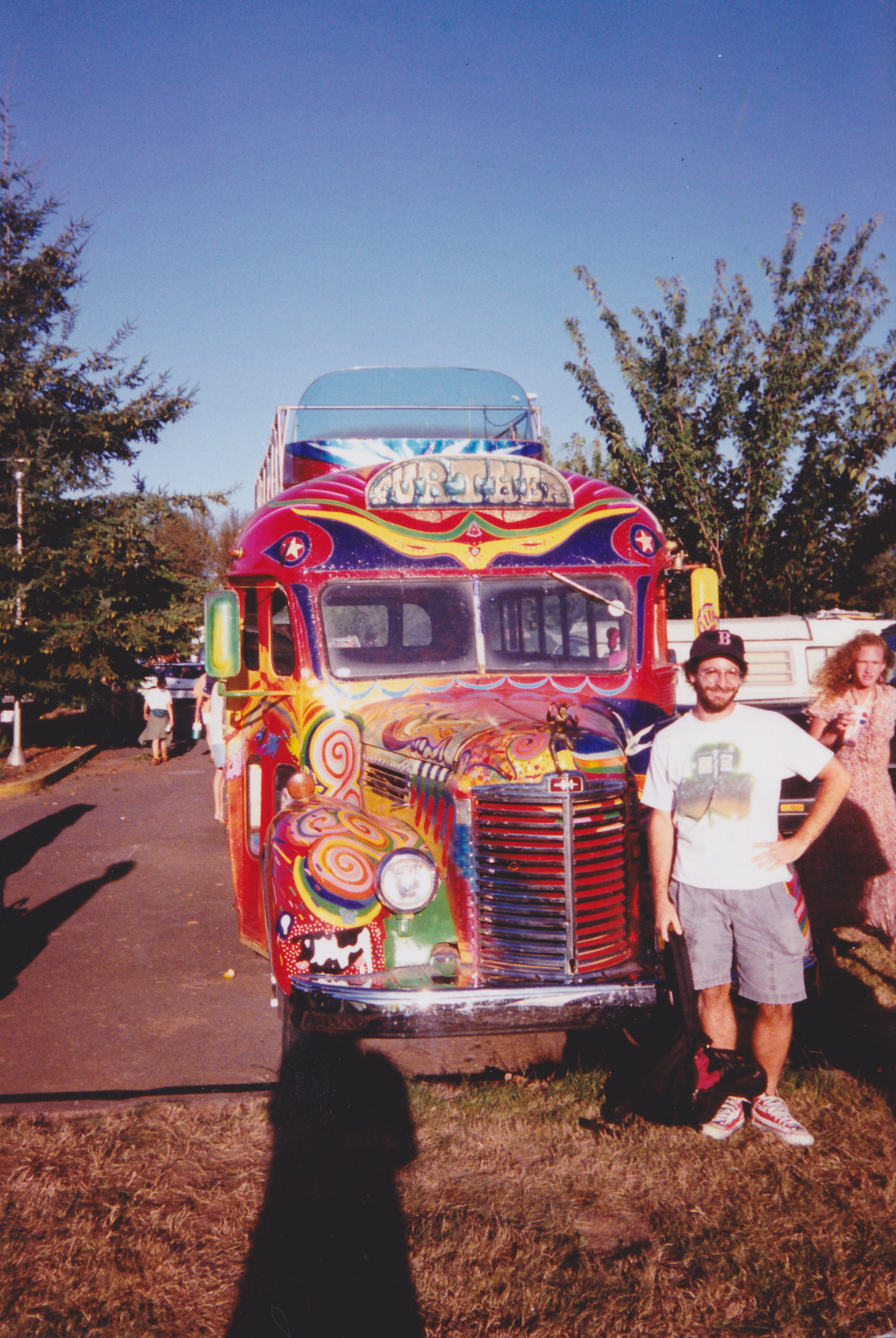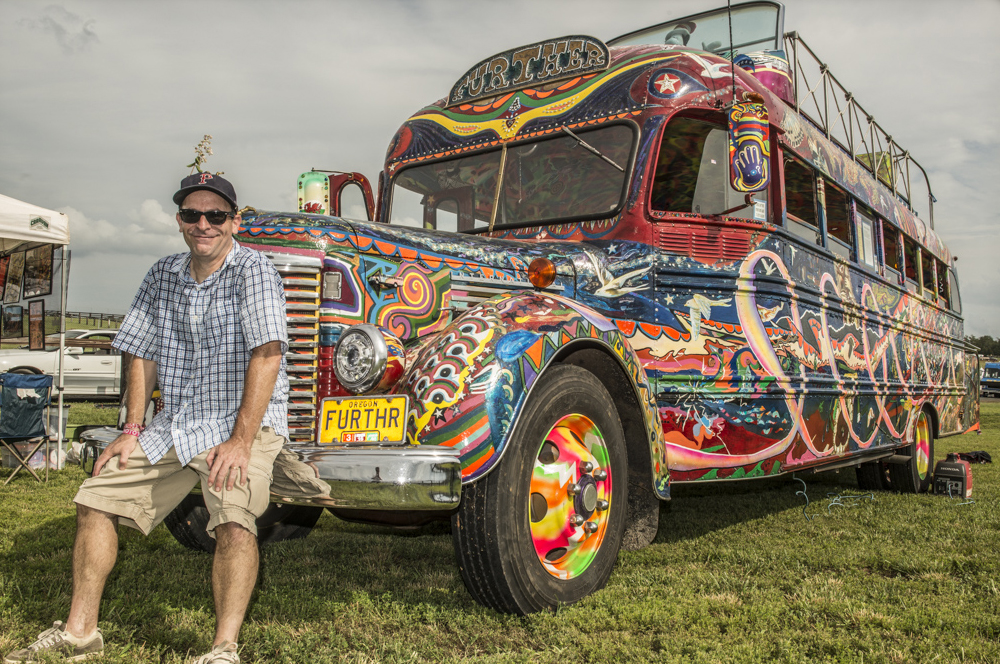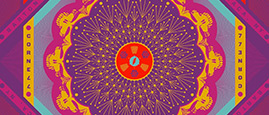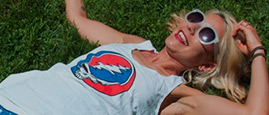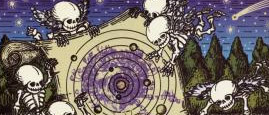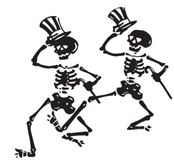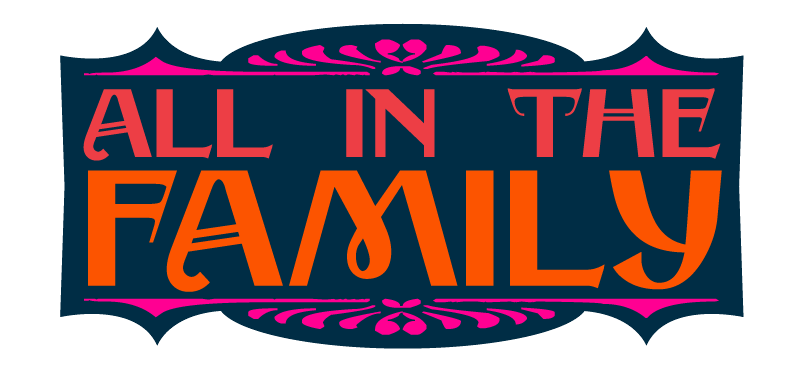
Multi-hyphenate Dean Budnick wears many hats but none quite as well as the one he wears as Editor-In-Chief of Relix Magazine. In this edition of All In The Family, Budnick talks about his decades of work in the Jam Band scene and his efforts to gracefully portray the Grateful Dead in works of both fiction and non-fiction.
You are a writer, a filmmaker, a college professor, and a radio host but probably most importantly to the folks on this site, the founder of Jambands.com and now the Editor-In-Chief over at Relix. Tell us a little bit about this trajectory.
Wow, there’s a lot in there, so let me apologize for what will be something of a longwinded answer. Above all else though, let me just say that the music of the Grateful Dead inspired and informed everything that I’m about to describe. I don’t think a day has gone by for a long, long while, in which I haven’t listened to either the Grateful Dead or Miles Davis, and typically both. Frankly, now that I think about it, those two are even interrelated because I came to Miles through the Dead. There’s a version of “All Blues” that Jerry and Merl Saunders played in 1974 that led me to dig in and explore the Miles Davis catalog. I imagine there are a few folks with similar experiences.
This also seems like a fine spot for a brief public service announcement. My favorite Miles album triangulates between Kind of Blue, In A Silent Way and A Tribute to Jack Johnson. The latter two records feature John McLaughlin on guitar, who is set to embark on his final U.S. Tour next month. He’s sharing the bill with Jimmy Herring (Widespread Panic, ARU and of course, Phil Lesh and the Dead). John and Jimmy will each play a set with their own group and then everyone will join forces for a third collaborative set in which they’ll perform the music of McLaughlin’s Mahavishnu Orchestra. I encourage everyone to check out a show. It should be spectacular.
Anyhow, back to the question about my trajectory, I suppose that begins in graduate school where I was I working towards my Ph.D. in Harvard’s History of American Civilization program. That experience could be rather intense at times, so I’d blow off steam with my fair share of live music. As a native New Englander another band that I really enjoyed (and taped a bit) throughout the late 80s and early 90s was Phish. During the summer of 1995 after three shows with my sister and her friends at Red Rocks, I realized that so much info I had taken for granted about the group, was not common knowledge. So I went back, listened to my tape collection in chronological order to make notes, did some archival research akin to a history project and wrote a book called The Phishing Manual.
After that came out, through the community of people I met across the country, I’d hear about all sorts of new groups. This eventually inspired me to write Jam Bands, which was released in 1998 (the same publisher would later issue my exploration of the concert industry, Ticket Masters, in 2011). Jam Bands was an encyclopedia of sorts, presenting artists with a similar penchant for improvisation. A friend of mine suggested that I create a website to help promote it but I wasn’t interested in an e-commerce site. So instead, I launched Jambands.com. The idea was that the book would serve as a jumping off point for regular coverage of the emerging scene at a time when no one else was paying much attention. This in turn, led to a relationship with Relix. They acquired Jambands.com and I became an editor of the magazine, eventually making my way through the ranks. It’s been an entertaining ride.
As for my role as a filmmaker, I’ve always been interested in the medium. My doctoral dissertation focused on silent screen star Roscoe “Fatty” Arbuckle, who was banned from Hollywood in 1922, despite being acquitted of manslaughter charges in a highly publicized series of trials. A number of years later when I had the opportunity to direct a feature-length documentary, I jumped on it. Back in February 1989, I was living in New York attending Columbia Law School when Wetlands Preserve opened in Tribeca. It was a music venue like no other and when Peter Shapiro took over from Larry Bloch, I continued to see shows there, even though by then I was then living in Massachusetts. I wrote an essay on Wetlands in Jam Bands and I became friends with Peter. In fact, we started the Jammy Awards together in 2000, which really was another effort to cast a little light on a scene that was being overlooked (Bob Weir attended in 2002 when we honored the Grateful Dead and later Phil Lesh, Mickey Hart and Bill Kreutzmann hosted the event—I served as emcee, so I’d be out there in a green tux prepping them before each of their segments). Anyhow, I was approached about directing a documentary film on Wetlands, which aside from its significant role in nurturing new music, also maintained a full-time environmental and social justice activist center. It was nonpareil.
We had a great run with Wetlands Preserved: The Story of an Activist Rock Club. We made the rounds on the festival circuit, the film was acquired for theatrical distribution and it also aired on the Sundance Channel for a few years. Bob Weir appears in the movie, reflecting on his experiences at the club, including what was to be the final performance on closing night, September 15, 2001, a show that did not take place due to the events of September 11.
Can you remember the first piece you ever wrote about the Grateful Dead?
Over the past 20 years, I’ve had the good fortune to interview Billy, Bobby, Mickey, and Phil on a few occasions. Mickey came first and when I spoke with him, aside from the fact that he’s just a fascinating man, who reminds me of some professors I worked with in grad school, it really did feel like things were coming full circle.
What’s more, on the occasion of Bobby’s birthday last week, as I selected a retrospective of our conversations with him on Jambands.com going back to 2000, it occurred to me, that our early exchanges really allowed me to hone my skills as an interviewer. He taught me patience. Unlike some other people I’ve interviewed over the years, if you ask him a question, he’ll often take a moment to reflect on his answer before he speaks. Sometimes, he’ll be halfway through a response and then he’ll pause as he contemplates his answer. In that setting it’s essential to restrain yourself from jumping in and saying something that might stomp on whatever he still has to offer. Some of his most perceptive observations have emerged after those brief intervals, and I’ve found the same to be true of other artists I've spoken with over the years.
One last thought as I’m taking this detour down memory lane. Aside from my various articles on the band and its music (my most recent ones were a Relix Dead & Company cover story and a Billboard piece on the group’s future plans), two other opportunities really stand out. I ran the official newspaper for the Alpine reunion shows in 2002 and I was able to stand on stage with them during their soundcheck the day before the event and snap some photos that would appear in the Terrapin Station Tribune. Then 13 years later, I edited the official daily programs for the Fare Thee Well Chicago shows and it was a real thrill to land the introductory letter from President Obama. It went down to the wire and I had to play it close to the vest because I didn’t want to make any promises in case it didn’t happen. I finally received the President’s message along with an image a few hours before we went to print on the evening before the first Solider Field performance. It was an awesome feeling to enlist the President of the United States to salute the band that has meant so much to me over the years.
You were recently tapped to write the liner notes for the upcoming Grateful Dead RFK Stadium Box. Ever written liner notes before? How did you prepare for the job? Any personal experiences from this show?
Over the past few years, I’ve been invited to compose liners for a few artists, including Matisyahu, Spin Doctors and a couple other acts. However, until 2017, there was nothing Dead-related. Then this past spring I contributed to GarciaLive Vol. 8 and a few months later, I was overjoyed to receive the opportunity to work on RFK Stadium.
As for my preparation, what I did was to clear my head of Grateful Dead for a few days (as best I could, I mean if I’m driving in my car, how am I not going to tune in to the Grateful Dead Channel on SiriusXM?). Then I listened to the East Coast summer tour in chronological order, leading up to RFK, at which point I played those two shows many times over in order to absorb them. As for my personal experience back in 1989, I was at the opener in Foxboro as well as the next show in Buffalo. Then I missed Philly but saw the two Giants shows as well as the second RFK show. I missed the first night in D.C. because I had to be in Rhode Island for a couple days in the middle of the week. All in all that was a fun little stretch for me, even if the weather wasn’t always cooperative.
Is there any truth to the lore that you coined the term "Jam Bands"?
As I mentioned, in 1998 I wrote a book called Jam Bands and then we launched the website at a time when these performers were not receiving much attention. So I didn’t create the term but for better (and/or worse) I popularized it. When I wrote Jam Bands, it was already out there hanging in the wind. Maybe I picked it up at Wetlands in the late 80s or perhaps a couple years later through the H.O.R.D.E. scene. As best I can recall, by the time of that first H.O.R.D.E. show in 1992, the term was in use. Speaking of which, in another full circle moment, Blues Traveler frontman John Popper co-created H.O.R.D.E. and I’m the co-author of his autobiography, which came out last year. It explores that period of time and also his connection to the Dead world, as Blues Traveler’s first manager was Bill Graham. If folks want to hear Popper’s account of this era (including his encounter with Jerry Garcia before Poppper sat in with the Dead at the Bill Graham memorial show in Golden Gate Park), I’d recommend they pick up Suck & Blow: And Other Stories I'm Not Supposed to Tell.
Speaking of books, you also wrote a novel that focuses on the Grateful Dead experience during this era. How did that come about?
The fall of 1989 was another winning stretch of shows and I saw plenty of Dead during that period, which included my first “Dark Star.” Still, all these years later, one night that I haven’t been able to get out of my head is October 14, 1989 at Byrne Arena. That was the evening when a Deadhead named Adam Katz lost his life out in the parking lot. I have no knowledge of what happened nor did I even find out about it until a few days later but I can say unequivocally that there was something strange and unsettling in air that evening. It was unlike anything I ever experienced during that run or frankly at any other Grateful Dead show I ever attended.
Jump ahead to late 2014 when I first learned that Peter Shapiro was planning to put together what became Fare Thee Well. In speaking with some of the people in the Relix office, I came to recognize that many of them never experienced a Grateful Dead show from the lot scene on through the music itself. So I was inspired to go back and write a novel that attempted to present all of those colors, through the voices of various attendees of a hypothetical Meadowlands gig during that era. My book isn’t about Adam Katz, but writing a novel that folded in some parallel elements over 25 years later was quite cathartic for me (but if someone out there reads this and wants to explore the Katz case via a Serial-style podcast, please let me know).
The book is called Might As Well and just to be clear, it’s not a dark take on the scene at all, nor is it a crime story. It’s more of a lighthearted, impressionistic snapshot of a moment in time with lots of little reference points and subplots familiar to Deadheads from that era.
DEAN BUDNICK'S GRATEFUL DEAD
First exposure to the Dead:
Like many of my fellow New Englanders, it was at sleepaway camp. That’s when I first started hearing the Dead, as a younger camper in the late 70s. At the time I didn’t necessarily plumb the depths of the music but it was there in the back of my head, gestating. I do recall when the Grateful Dead were on Saturday Night Live in 1978 because it took place soon after I started watching the show. I can remember that I already knew who they were from camp, although I can’t say I fully appreciated the appearance.
It was also at camp where I received my first live tape. This was probably in 1982. It was the acoustic set from Harpur College, 5/2/70, a performance that was later released as Dick’s Picks 8. I didn’t find the electric sets until a few years later, at which point I had started going to shows. That’s also when I began trading tapes with other Deadheads, which I was able to do through the free ads in the pages of… Relix.
Incidentally, a year or so ago, I was sorting through some boxes in my basement and I found my first few tapes. I brought a couple of them upstairs for a listening session because I was curious about the quality. I wondered if they’d be 15th gen and full of hiss. As it turned out, though, they actually sounded quite good. So I want to thank all those veteran Deadheads who made the effort to circulate crispies and indoctrinate newbies.
Favorite Dead Song/Songs:
Back in the day the entire show for me could turn on that deep Jerry ballad after “Drums” and “Space.” I’d almost always root for “Morning Dew,” so I suppose that should be my answer. Some of my heaviest, most profound moments took place during the “Dew.”
Beyond that though for a singular moment of inspiration, if I’m coming in cold with no windup before the pitch, I’ll go “Eyes.”
Favorite Dead Era/Years: Like many Deadheads, I’ll often land on a particular era and stick with it for a while before another one will call to me. So I might jump from the summer of ‘72 to March ‘90 to June ’76 to March ‘69 to May ’77 to July ’89 to December ’73 and on and on it goes.
Speaking of which, as a quick addendum to the previous question, when in doubt, there’s always “Dark Star.” It had almost seemed like cheating to mention it but I’m always game for 2/27/69, 5/1/72, 8/27/72, 2/26/73, 1/10/79, 10/26/89, 3/29/90…
Desert Island Dead: Can I have the Europe ’72 box? Maybe I could use it as a floatation device to get me to the island? If I’m limited to something smaller, how about May 1977: Get Shown The Light? Smaller yet? Fine, Fillmore West 1969: The Complete Recordings. If I’m forced out of the box, then I’ll go Live/Dead and pretend I don’t know it was originally released on two albums.
Being A Dead Head Means…
Never having to say you’re sorry. Is that a glib Love Story answer? Maybe, but as they say, “Without love in the dream it'll never come true…”
Multi-hyphenate Dean Budnick wears many hats but none quite as well as the one he wears as Editor-In-Chief of Relix Magazine. In this edition of All In The Family...
